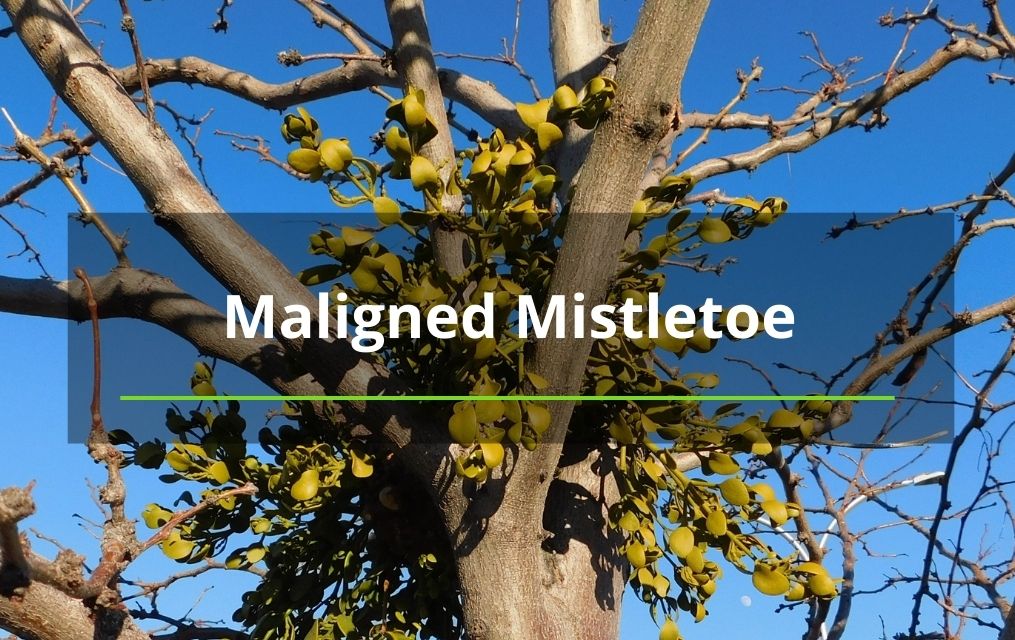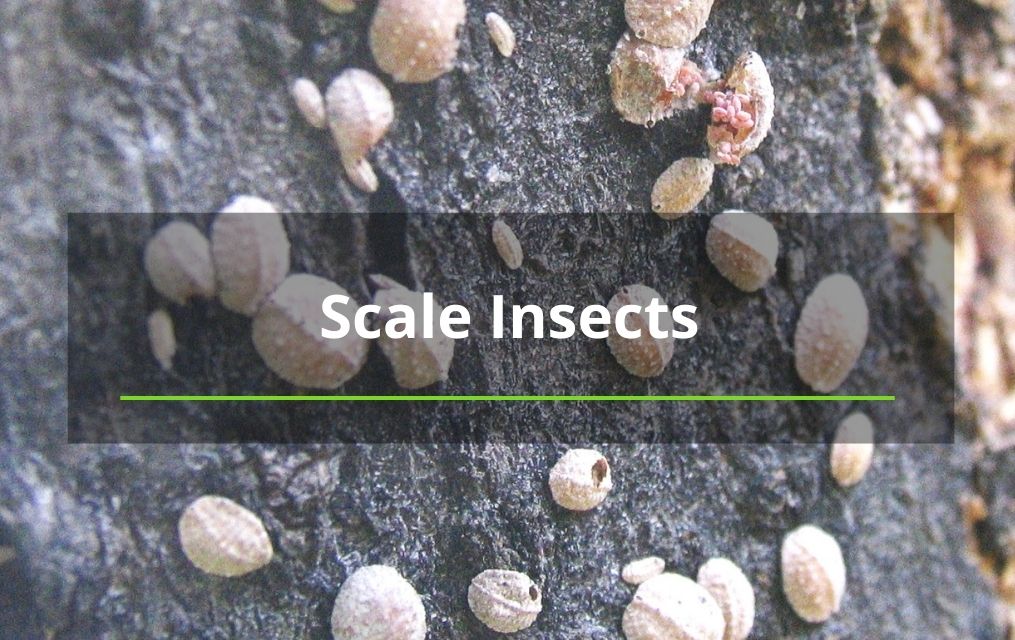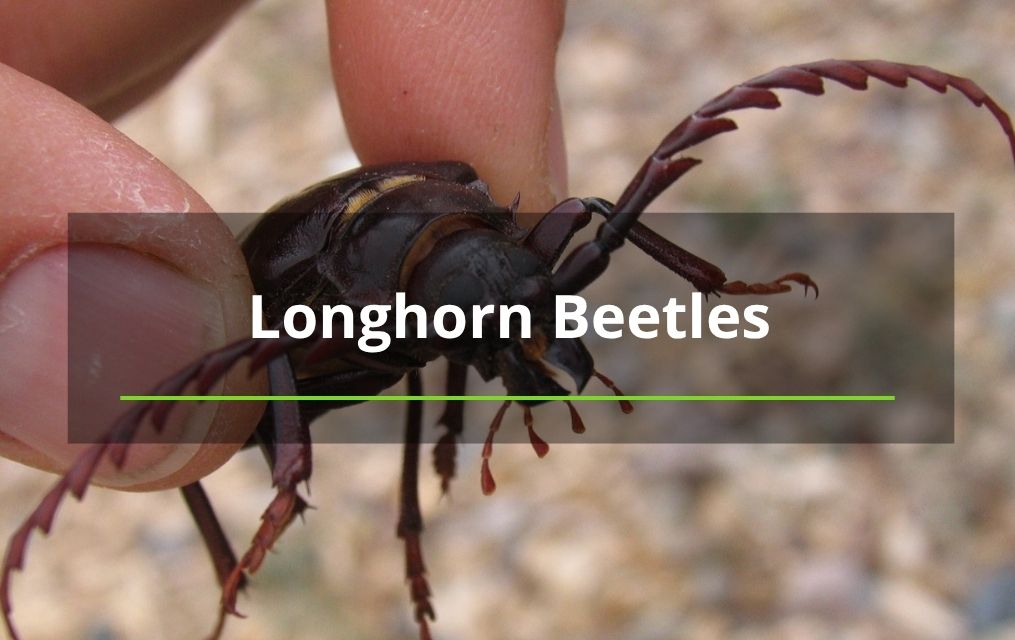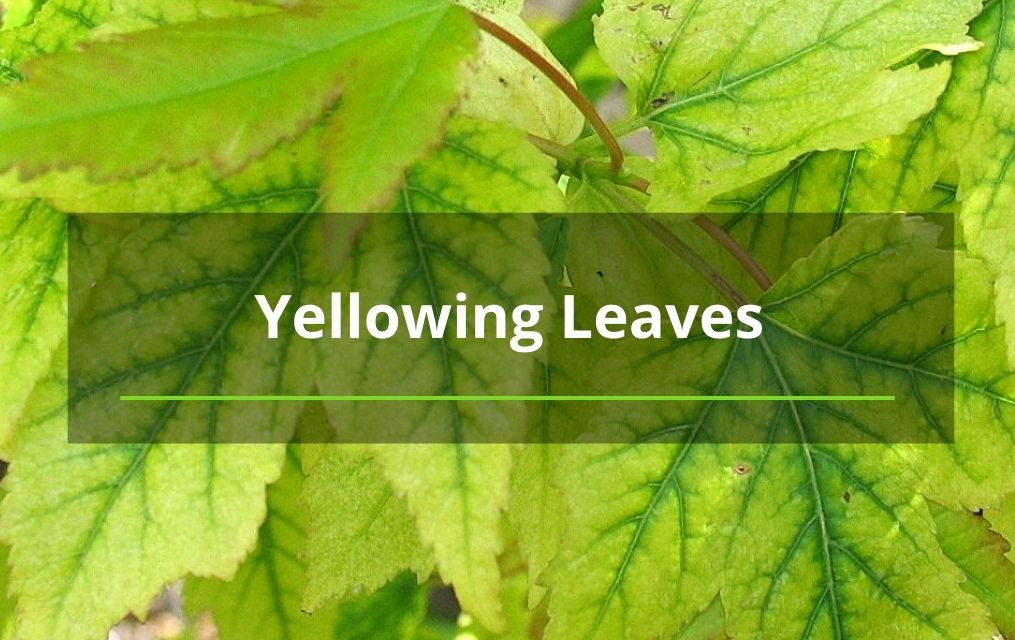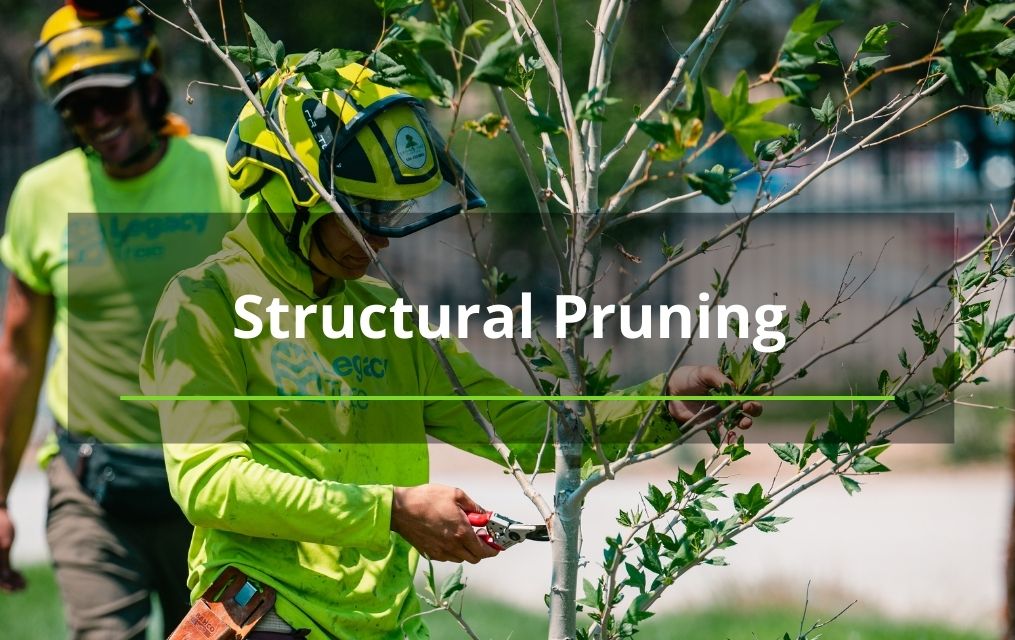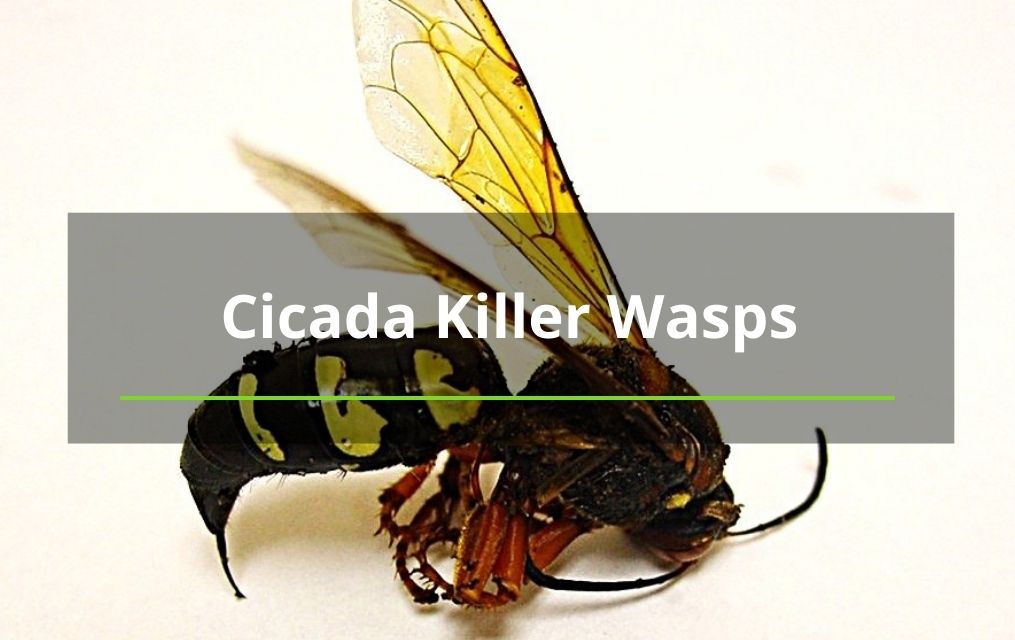Blogs
Scale Insects
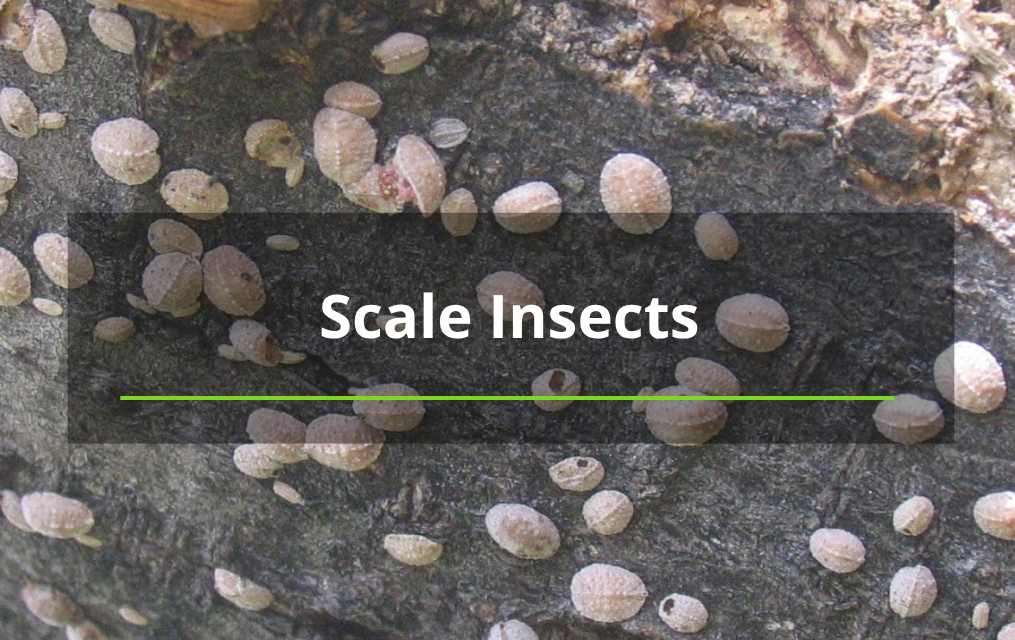
Scale Insects
Have you ever wondered about the shiny, sticky (and sweet, if you’re willing to go that far…) residue found on some tree leaves and cars parked under those trees? Basically, it’s evaporated sap. How it gets there is interesting.
Certain insects, mostly found in the order Homoptera, have mouths that resemble needles. They stick these needles into whatever food item they want to eat and proceed to suck life juices from that food. Some feed on plants, taking in sap. Plant sap is full of sugars, but the insects mostly want nitrogen, so most of the water and sugar passes out the back end in a fine mist – we call it honeydew.
Some homopterans, known as scale insects, settle in one spot for most of their lives. They often create a protective shell to hide under, making it hard to target them with insecticides. Like many pests, just a few are not a problem at all. Sometimes a weakened tree can’t put up any resistance and they overrun the tree, further debilitating it.
We often see scale on hawthorns, plums and other stone fruit trees, oaks and elms, as well as other species like the mimosa pictured above. Systemic insecticides can be effective controls, but we won’t treat insect-pollinated or fruit-producing trees; it would be ecologically irresponsible to do so.
Predatory insects help us manage scale insects. Landscapes that provide habitat for those insects have few scale problems, though scale insects are present. Diversify your landscape plants for their own health and safety!
Contact us to find out more about our Albuquerque tree removal services.



